In 2020, artist and designer Charlotte Taylor and architect Riccardo Fornoni unveiled Villa Saraceni. The sculptural, seemingly floating ocean-side home, nestled into the bright-white cliffs of Scala dei Turchi in southern Sicily “went semi-viral”, says Taylor. They were soon inundated with messages about the project. “We had loads of photoshoot requests,” Taylor recalls. “People were asking us if they could rent the villa,” adds Fornoni. Meanwhile, others got in touch to complain about the location: a Unesco World Heritage site. And then there were the messages from “people who said they’d gone to visit the villa… And it wasn’t there.”
It isn’t there. “The villa doesn’t exist in real life; we had a dream and visualised it digitally,” says Fornoni, who is based in the northern Italian city of Mantua. Villa Saraceni only exists in the metaverse as a CGI (Computer Generated Imagery) rendering. The digital technology that has long been used as a means of bringing real-world architectural and interior plans to life has recently taken on a life of its own. In the hands of a new generation of creatives, these are tools to explore escapist fantasies. Glossy glass boxes levitate over water; Bond-worthy lairs are carved into caverns, and space-age orbs glide around distant galaxies. They are images that seduce and intrigue, which veer from the strikingly surreal to the unnervingly photorealistic.

Rendering was first tentatively utilised in the 1970s and ’80s, when early iterations of 3D software were used to visualise architectural projects such as Zaha Hadid’s “The Peak” – a Hong Kong high-rise that was (perhaps fittingly) never actually built. “Renders always had this stylised feel to them – either very Blade Runner, dystopic or super-clean architectural visualisations,” suggests Taylor. “A lot of people create completely idealised spaces with no traces of human life, but I like them to be a bit messy, to have a bit of personality – and a Sudoku on the table.”
A former illustrator, Taylor came to this way of working “by accident”. While creating architectural trompe l’oeil-style illustrations, she discovered rendering software. “I became fascinated with how you could make ideas look so realistic,” she says. “And it just started rolling…” Fuelled by the isolation of the 2020 lockdown, she founded the design studio Maison de Sable (House of Sand) and began to bring her hand-drawn ideas to life in collaboration with a number of digital artists, quickly progressing from envisioning single scenes to whole houses. “It became a bit of an obsession; it allowed me this freedom of play and experimentation.”

The results include The Residency, a minimalist concrete dream in the Joshua Tree National Park, realised alongside Madrid-based Alba de la Fuente. The all-avocado-green Villa Ortizet, with its ’70s-style circular sunken sofa, surrounded by the verdant French countryside of Lozère, is a collaboration with Marseille-based ZYVA Studio, a self-titled “ludicrous architecture studio founded by Anthony Authié”. On the banks of São Paulo’s Atibaia river, Casa Atibaia is a lush and curving glass-walled structure balanced atop boulders; nodding to the Brazilian modernism of Lina Bo Bardi, it was created with French architect Nicholas Préaud.

“All the projects that Charlotte and I have worked on are fictitious and dreamy,” says Préaud. “But they are always designed and thought through so that the project could actually be built.” Each digital realm, months in the making, functions for Préaud primarily as “research that is then applied to real-life commissioned projects”.
De la Fuente, an architect who has worked with the Barcelona studio of Ricardo Bofill, says she creates “architecture by images”. As a new graduate, she explains, “it was a very powerful tool to show people what I was able to do. For me, it doesn’t matter if it’s real or not; it’s the concept behind it that’s interesting. I think this will be the future of architecture.”

Brands, too, are increasingly open to staging their products virtually. A major driving force, suggests Fornoni of the digital set designs he has created for textile brand Kirkby Design, is sustainability. “No CO2 is being produced moving sofas from one place to another,” he says.
But the impetus to design virtual realms can be more poetic. When Taylor created her first furniture collection, shown in real life at Lisbon gallery Garcé & Dimofski in 2022, she also created a virtual architectural home named Casa de Formas to present her Two Tone daybed alongside pieces by other designers. “We aimed to create something truly unique, free from constraints,” says co-founder Olivier Garcé. “As a gallery working with the finest craftsmen, we wanted to bring that expertise into our dreamlike environment.”

Online platforms like DecoHub are pushing the digital-first agenda. In 2022, Paris-based design marketplace Monde Singulier began showcasing collections in a purely virtual space. “But then if the pieces are commissioned, they are actually made,” says architect and designer Benni Allan, whose oak-and-steel Slab coffee table is part of the Monde Singulier universe. “My furniture takes a lot of energy and effort to make – it’s very expensive. Why not just test it in the virtual space?”
The surreal splendour of virtual worlds can certainly captivate. “The idea of dreaming is really important,” says Jenn Ellis, who co-founded the virtual gallery Aora with Allan to bring together art, architecture and music. “Virtual is not a compromise; it’s somewhere where you feel excited.”

“It’s an escapism,” says Taylor, whose Instagram accounts (@charlottetaylr and @maison_de_sable, where she shares her own work as well as that of others) have some 581,000 combined followers. She has also taken the virtual world into print in the book Design Dreams: Virtual Interiors and Architectural Environments (Chronicle Books). “I was a Sims-obsessed child. I still have it on my computer. I don’t know why but the idea of fictional people in fictional homes has always fascinated me.”
While some digital images are presumed to be real, another issue has recently escalated. “People often think that 3D images are AI,” says Taylor. “I do also share some AI explorations [on my Instagram account], so I’m not helping the confusion.”

The RIBA (Royal Institute of British Architects) AI Report 2024 – the first of its kind – found that 41 per cent of architectural practices have adopted artificial intelligence to some degree. “The way to take ideas from my imagination to such a realistic state has changed dramatically, ” says architect Carlos Bañón Blazquez, director of the Architectural Intelligence Research Lab at the Singapore University of Technology and Design. Using his own visual “prompts” – including sketches and 3D models – he uses AI to “portray some values of what architecture could be”. Whether it’s dramatically angular and colourful concrete structures, or expansive glass façades in rock formations, “I try to provoke a reaction,” he adds.
For Johan Hybschmann, who teaches at the Bartlett School of Architecture, University College London, AI can be “a useful tool to generate options – say, give me six floor plans for a high-rise building – which you can then alter and control,” he states. “What we are slightly scared of is that single beautiful image that isn’t necessarily a considered piece of architecture.”
For Taylor, fantasy is increasingly reality. Pieces that began virtually have become physical furniture, including her chunky pine Sturdy chairs for Garcé & Dimofski. In London, she designed the interiors of newly opened listening bar Space Talk in collaboration with Allan. Houses from Puglia to Utah are also underway.
In fact, architects Fornoni, Préaud and de la Fuente all agree that their ultimate aim is to bring their visions forth into actuality. Fornoni is currently working on an interiors project in Lanzarote. It draws inspiration from an earlier digital project, but “to be able to do it for real is like a dream coming true. If it’s built, it’s completely something else.”

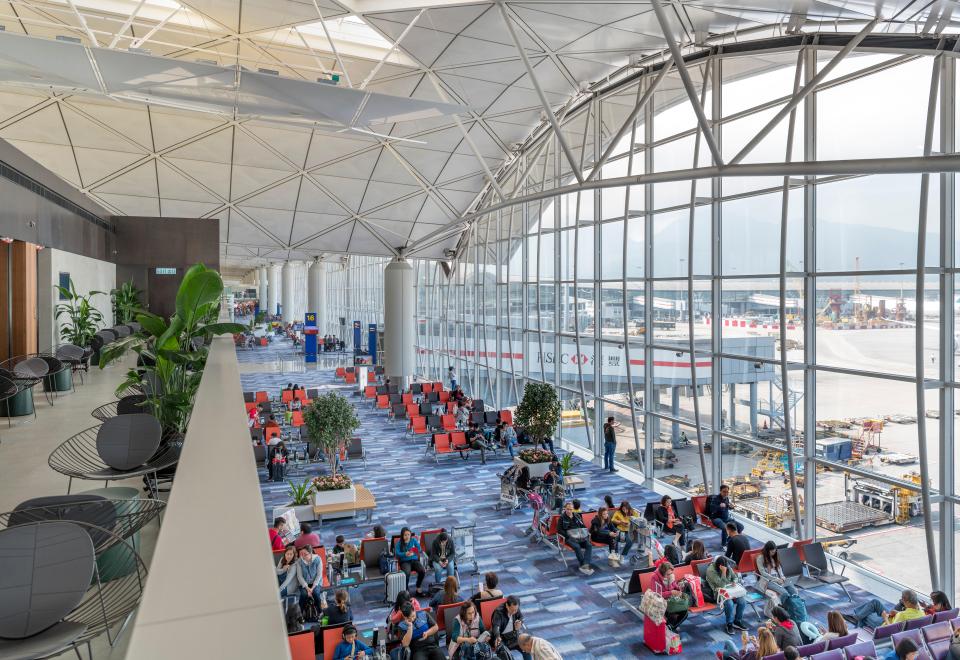
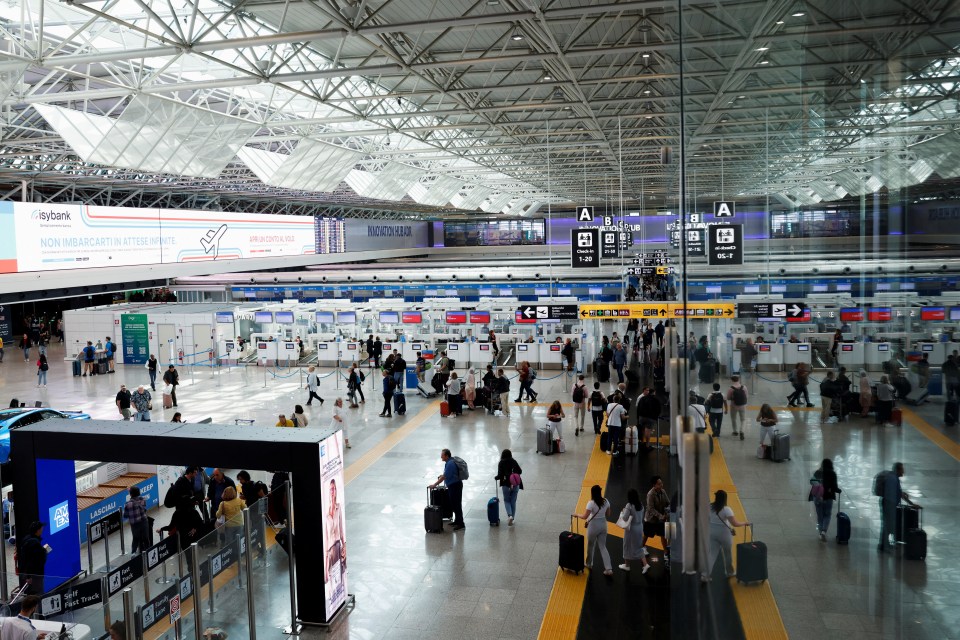
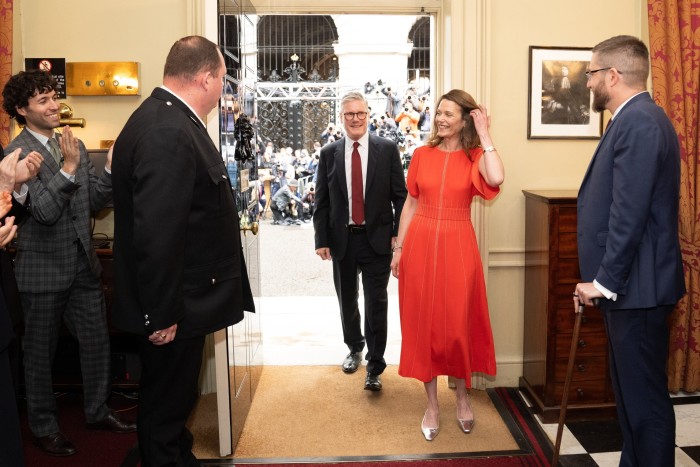






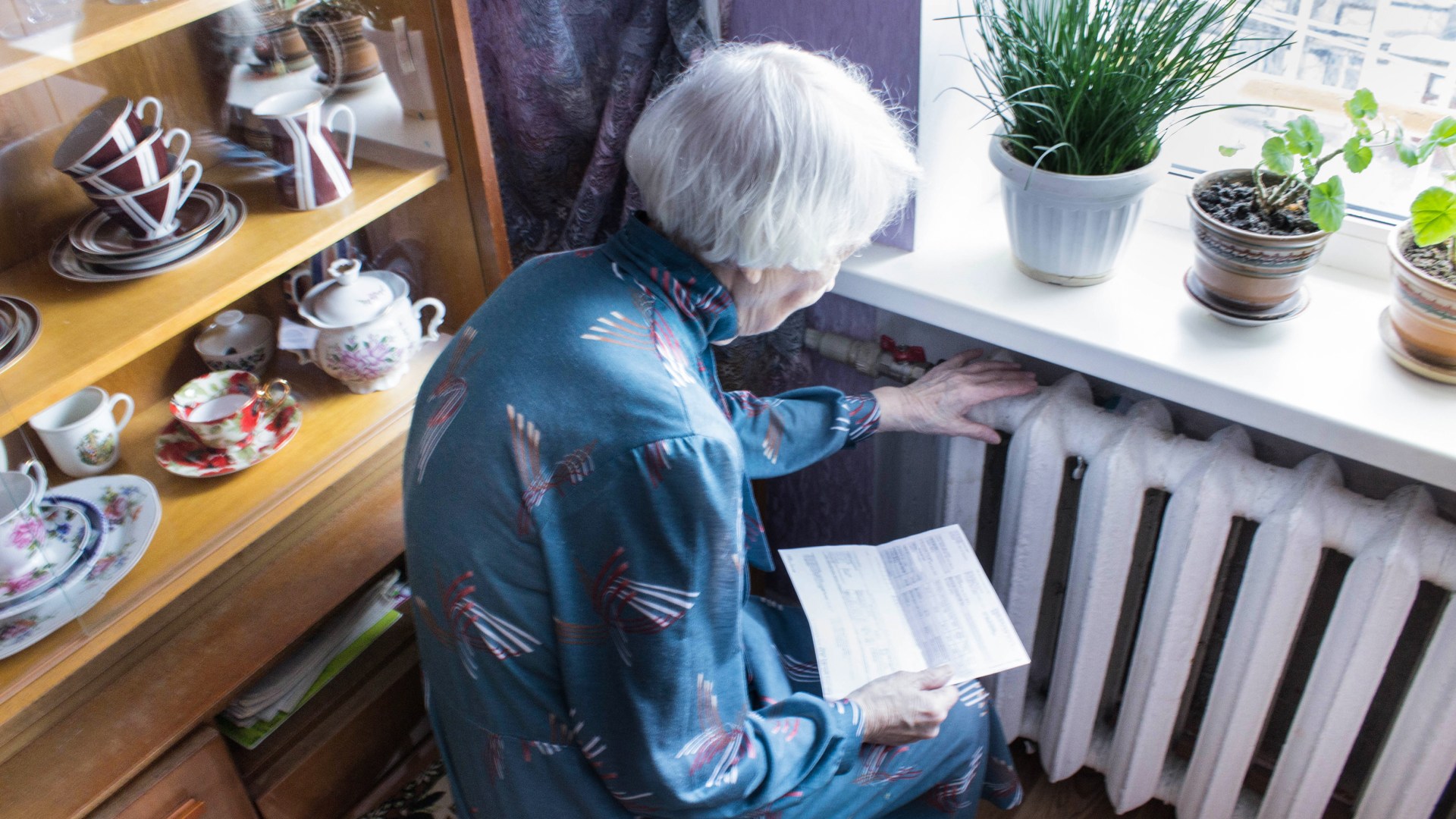






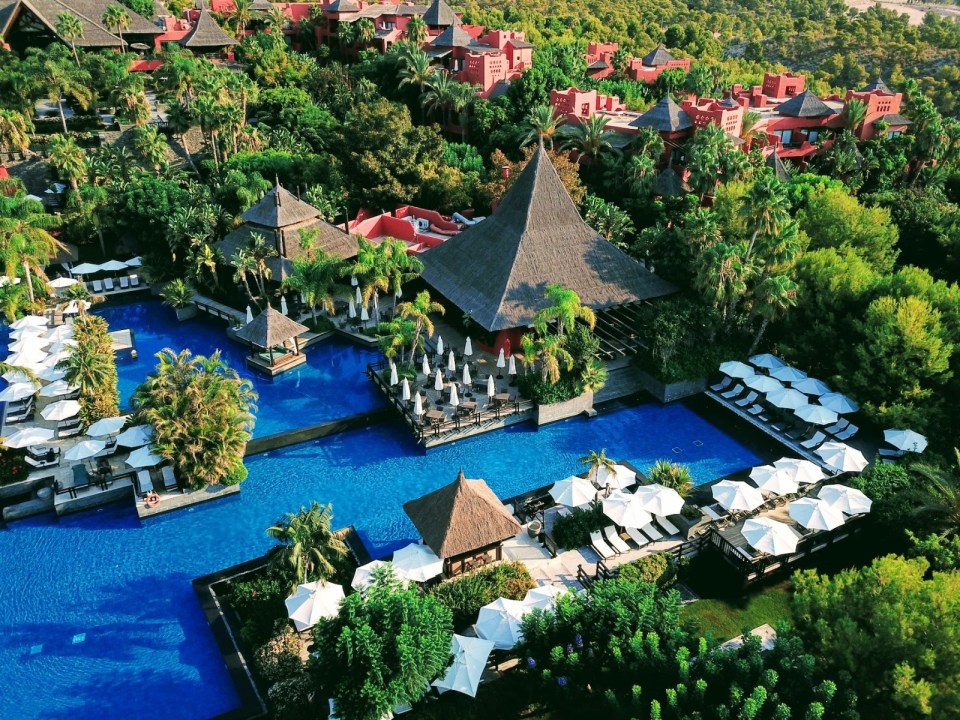
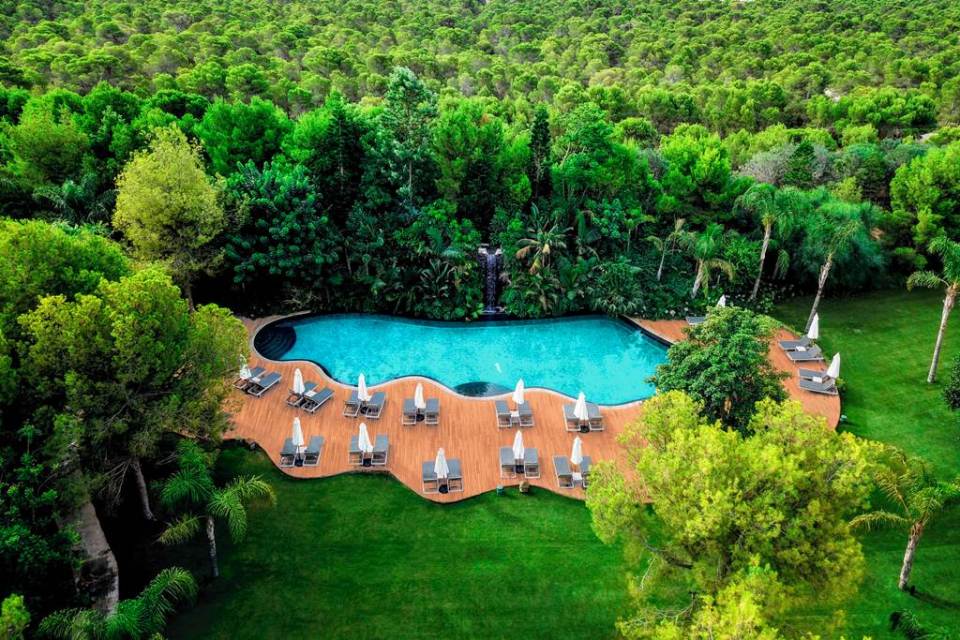
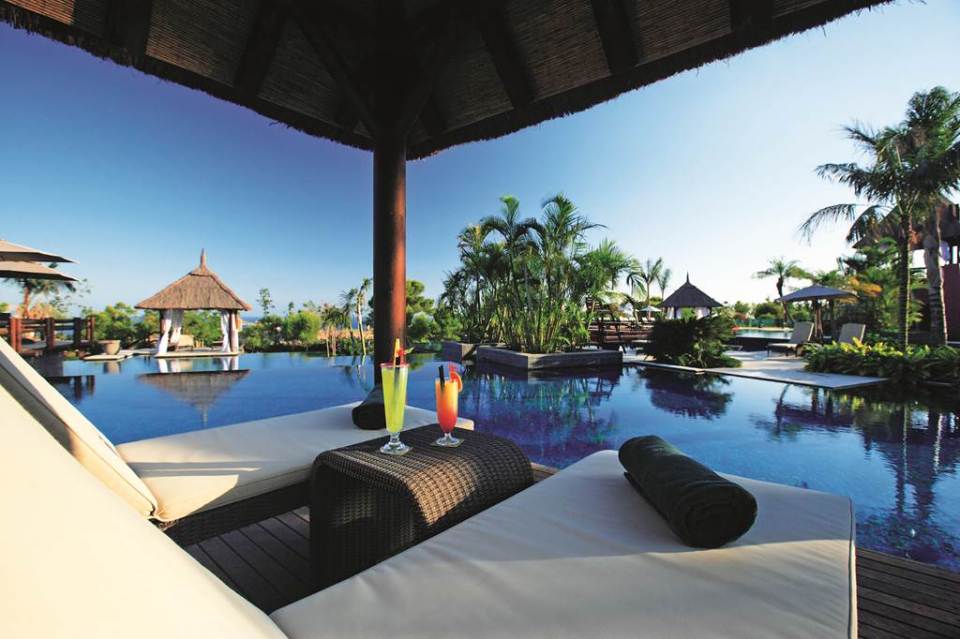































































































































You must be logged in to post a comment Login